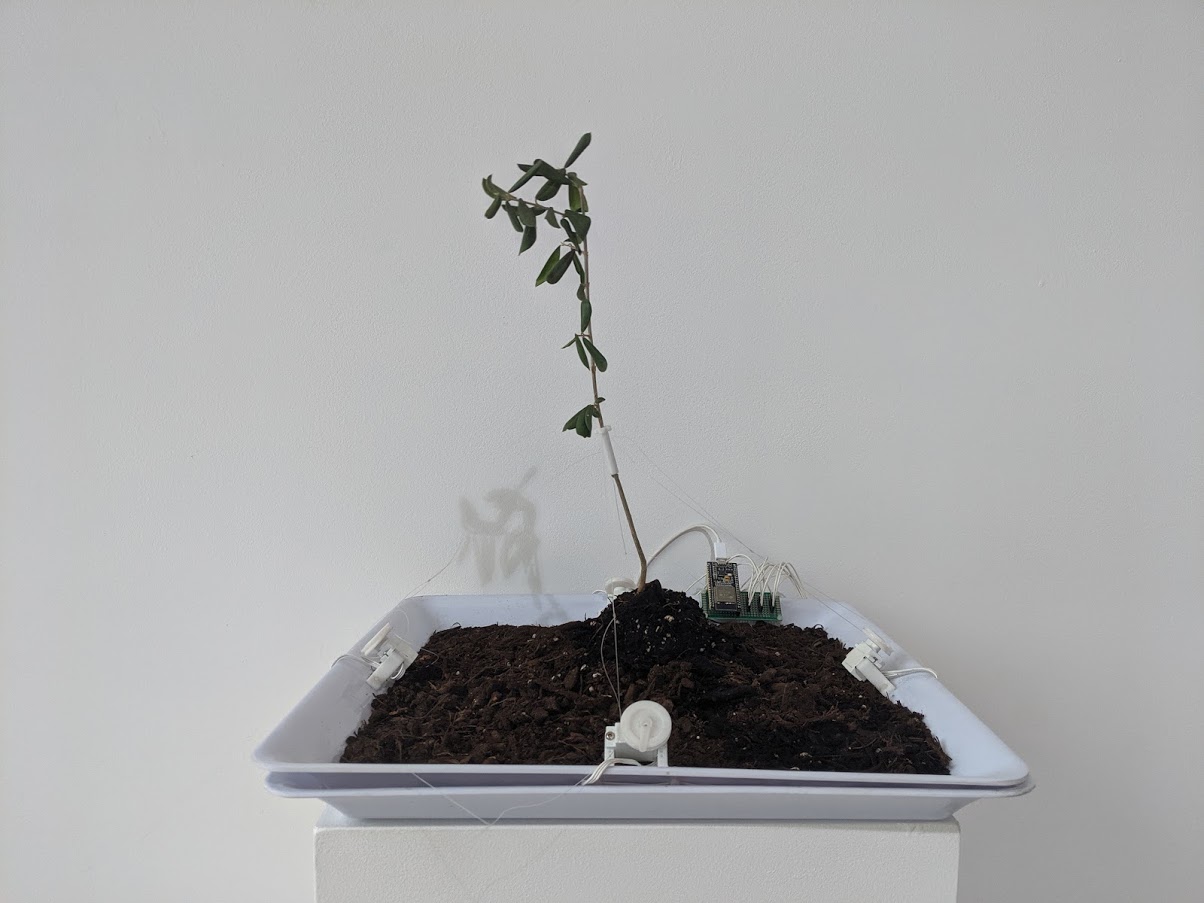The Visual Arts Visuels’ (VAV) exhibition space at Concordia University may appear modest in its size and spare curation, but the industrial, L-shaped room presents artwork with the same sense of ambition as those found in venues like the MAC and MMFA. It affirms that artistry isn’t found solely in institutions that project an aura of exclusivity. As one of Montreal’s few student-run galleries, the VAV is a valuable outlet for burgeoning voices with new ideas. The VAV features a rolling catalogue of work made mostly by Concordia’s art undergraduates, and on Oct. 17, the venue held a vernissage for its newest gallery, No.01. The venue hosted a large audience, with the accompaniment of DJ Jacqui Beaumont and appearances by some of the featured artists.
Aptly titled, No. 01 marks the beginning of VAV’s Fall programming. Because the show doesn’t suggest a specific theme, it appeals to the variety of works on display. With an emphasis on experimentation, the gallery features artists who question rigid notions of prescribed mediums and materials while communicating ideas surrounding both public and personal spheres.
In one corner of the gallery, Philippe Vandal, currently studying intermedia cyber arts at Concordia, presents Thigmo, a dynamic piece that connects a motorized fan with an olive tree. While the fan spins, a set of strings pull at the tree in a cycle of perpetually opposing directions, a process that Vandal describes as the “animation of preconceived stillness.” As he explains in his bio, Vandal’s intent is to frame the process of thigmomorphogenesis—in which plants respond to mechanical sensations, usually natural in origin—in an artificial context. Vandal notes how the systematization of this natural process calls into question the human tendency to overlook our impact on our surroundings and the consequences that follow our interference.
Sharing Vandal’s concerns about interactions between synthetic and organic matter, Jules Galbraith, a print media and computational arts student, contextualizes this relationship with our current fears surrounding climate change. Recent findings in the UN Climate Report, which posited a 12-year window to mitigate our effects of environmental abuse, motivated Galbraith to create Accumulations, a set of monochrome scans of the plastic they use everyday. Their work, plastered on a rigid and uneven cast sprawled across the gallery floor, evokes the image of a discarded plastic bag or a pile of garbage. The product appropriates the natural process of fossilization for synthetic matter, and it suggests the unsettling idea that the inventions of our downfall will, in their permanence, outlive us.









